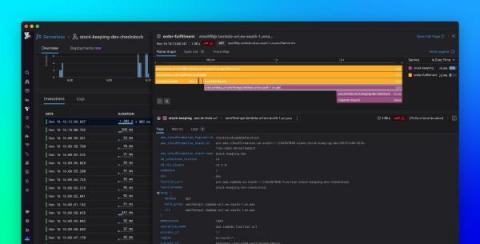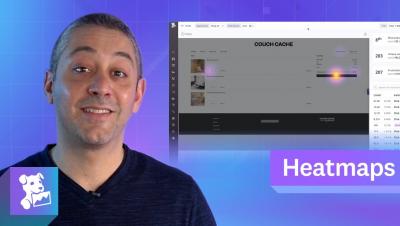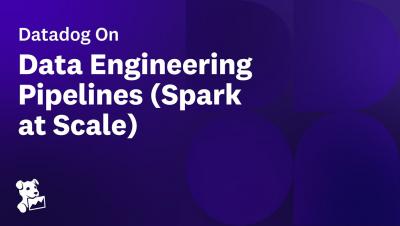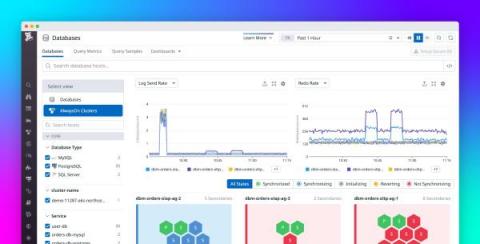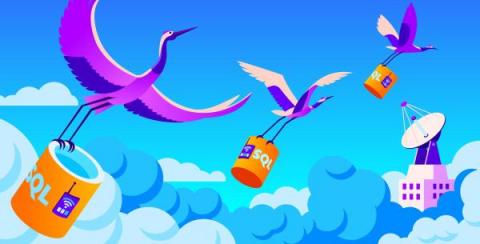Announcing support for monitoring AWS Lambda Function URLs with Datadog
AWS Lambda Function URLs make it even easier to create AWS Lambda functions that can be accessed and triggered by using HTTP/S requests, which is key for building serverless applications that are connected to and invoked from the web. Now you can generate a URL in one click that points to a specified Lambda function. Then, any HTTP/S request that a Function URL receives will trigger the Lambda function it’s assigned to.


